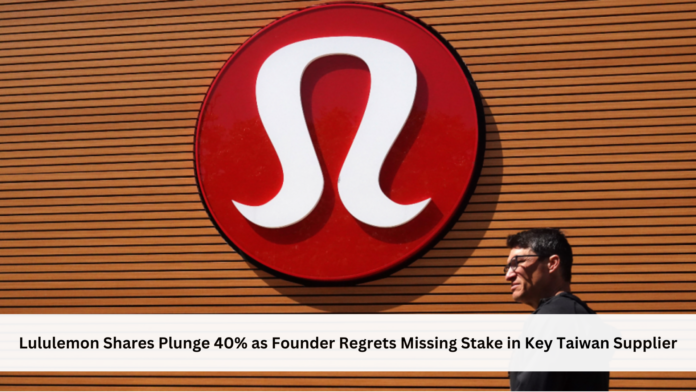Lululemon, a yoga apparel giant, faces a 40% drop in its stock value amid intensified competition from emerging brands like Vuori and Alo Yoga. This decline is largely attributed to a stagnation in market expansion and shifting consumer preferences, raising concerns over Lululemon’s long-term growth trajectory.
Background and Market Trends
Despite strong gross margins, Lululemon’s revenue growth has slowed due to factors including a subdued North American market and increasing competition from dynamic brands. Analysts indicate that newer brands are winning over younger consumers with modern aesthetics and celebrity endorsements, areas where Lululemon has lagged.
| Brand | Growth Areas | Main Competitors |
|---|---|---|
| Lululemon | Premium yoga wear | Vuori, Alo Yoga |
| Vuori | Men’s activewear, premium aesthetics | Lululemon |
| Alo Yoga | Social media-driven, youth appeal | Lululemon |
Taiwan’s Role and Lululemon’s Missed Opportunity
The competition has led to increased reliance on high-quality Taiwanese suppliers, which now play a pivotal role in developing innovative fabrics. Vuori and Alo source materials from Taiwan’s prominent textile suppliers, ensuring quality that appeals to a premium market. Lululemon founder Chip Wilson expressed regret over a missed 2011 proposal to acquire a major Taiwanese supplier, which could have strengthened their product line against rivals.
Conclusion: Taiwan’s Advantage
While Lululemon navigates a challenging market, Taiwan’s fabric suppliers, who serve multiple rising brands, stand poised to benefit from these industry shifts. As Taiwan continues to lead in premium fabric technology, it remains a valuable partner for global brands.
